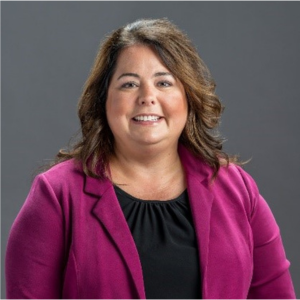THE IMPACT OF TELEHEALTH FOR PATIENTS AND CLINICIANS
Telehealth enhances care delivery for both clinicians and patients—reducing burnout, minimizing no-shows, lowering costs, and improving adherence and access.
Trust is the foundation of effective healthcare, and in telehealth, it’s more important than ever. The ATA Clinician Council’s Principles of Practice set a standard for responsibility, transparency, and outcome-driven care. These principles emphasize:
- Telehealth as an essential tool for closing gaps in today’s healthcare system.
- The power of telehealth to transform care delivery.
- Patient care is enhanced when clinicians use the right care modality in a legal, ethical, and appropriate manner.
Is Telehealth Right for Your Practice?
Over the past several years, telehealth has proven to be an effective, convenient, and necessary tool in care delivery, with a growing evidence base for its appropriate and effective use in any clinical discipline. Hear firsthand from clinicians about their experiences. Watch the video, as members of the ATA Clinician Council share their personal experiences and clinical benefits of telehealth in practice.
Telehealth Guidelines and Resources
The ATA and our expert councils and workgroups have published a range of materials to help clinicians best prepare their practices for telehealth, guidelines for effectively integrating digital health tools into care delivery, and key tenets of virtual care delivery.
ATA Policy Principles
View Our Policy Principles.The ATA’s Health Data Privacy Principles
View Our Health Data Privacy PrinciplesThe ATA Artificial Intelligence (AI) Principles
View Our AI PrinciplesShare with Your Clinical Teams
Telemedicine is rarely a standalone care model—patients often experience a mix of virtual and in-person care over time. Comparing telemedicine directly to in-person visits is a false dichotomy; each serves different needs within a broader patient care journey.
To help inform other clinicians in your practice, we encourage you to share this information with your colleagues. Simply copy, paste, and share this message with others in your organization:
Telehealth isn’t a replacement for in-person care—it’s an essential part of a modern, integrated healthcare system. Patients use both virtual and in-person care at different times for different needs. Understanding how telemedicine complements traditional care helps improve patient access, efficiency, and outcomes. Learn more about best practices in telehealth and share this with your teams: https://hubs.ly/Q03bbG600
Meet Our Clinician Council
ATA’s Clinician Council is composed of leading healthcare professionals committed to advancing responsible telehealth practices, expanding access to care and improving patient outcomes. These experts guide best practices, ensure ethical care delivery, and help shape the future of virtual healthcare.
The Clinicians Behind the Insights

Patrick Carroll, MD
Chief Medical Officer
Hims & Hers

Melinda Cooling, APRN
Chief Clinician Executive, OSF OnCall; SVP Advanced Practice, OSF HealthCare

Abigail Crawford, APRN, FNP-C
Chief APP Pediatric Telemedicine
WVU Medicine Children’s

Helen Hughes, MD, MPH
Medical Director, Office of Telemedicine
Johns Hopkins Medicine

Malik Khan, MD, FCCP
Medical Director, Virtual Health
Corewell Health

David Newman, MD
Chief Medical Officer, Virtual Care
Sanford Health

Ngoc-Anh Nguyen, MD
Medical Director
Houston Methodist Hospital Virtual Urgent Care & Telemedicine
Greg Weidner, MD, FACP, DipABLM
Senior Medical Director, Virtual Care Vice President, Care Model Design and Innovation
One Medical/Amazon
